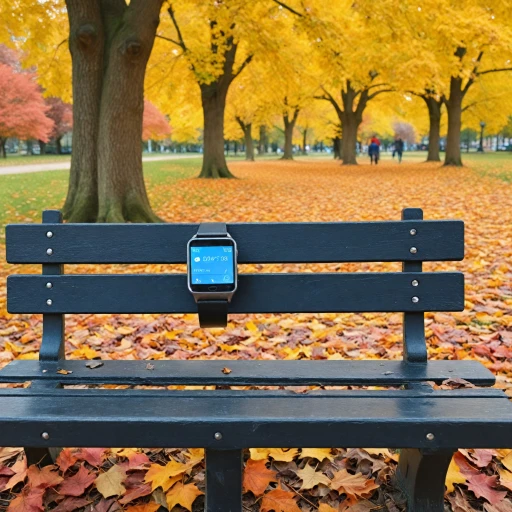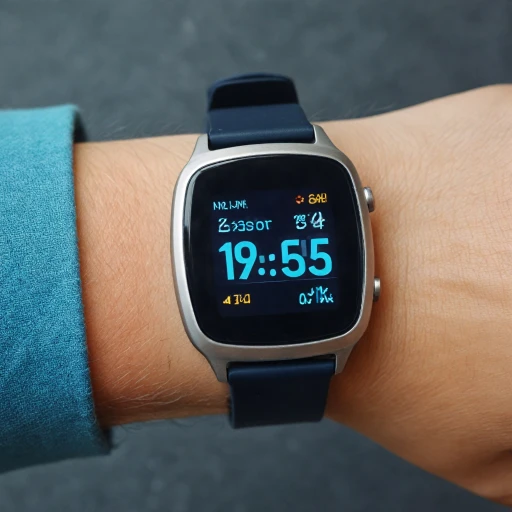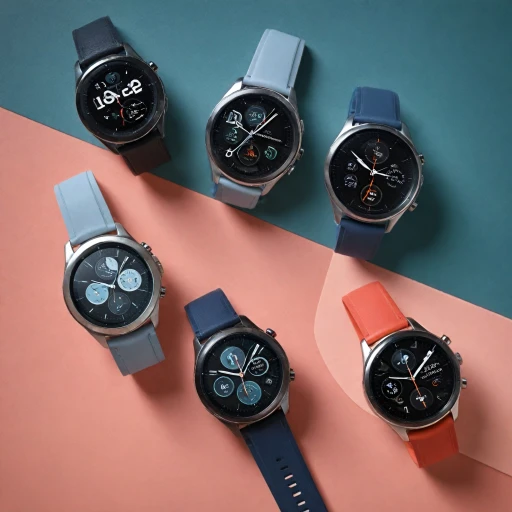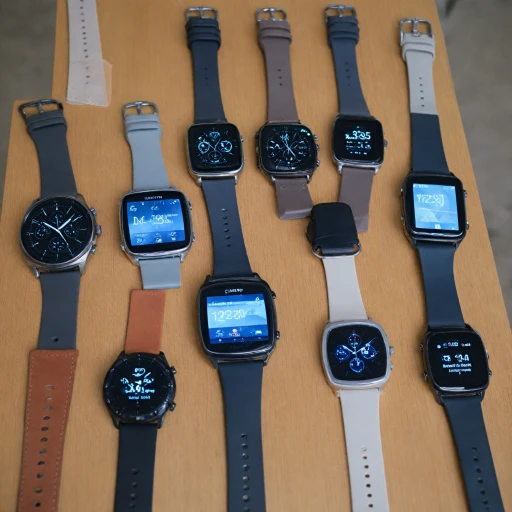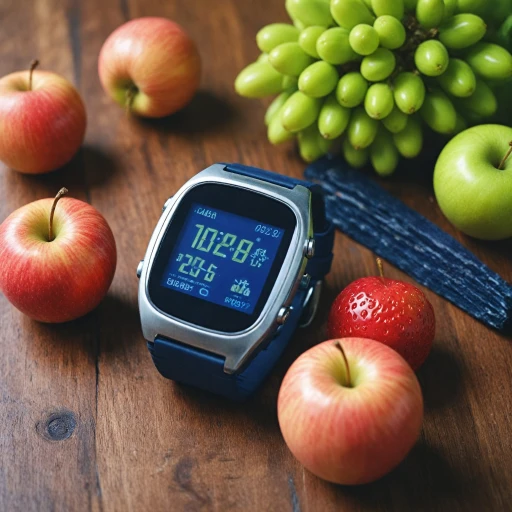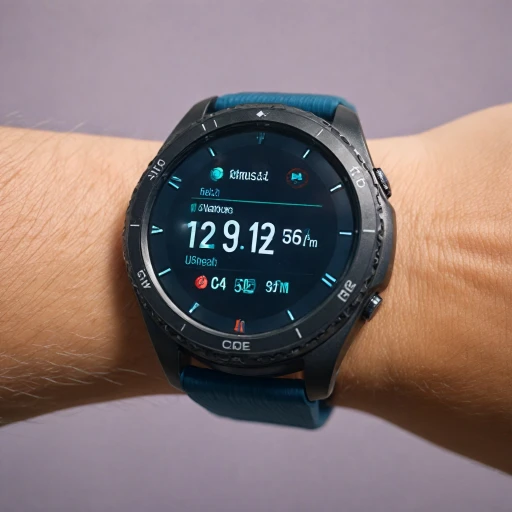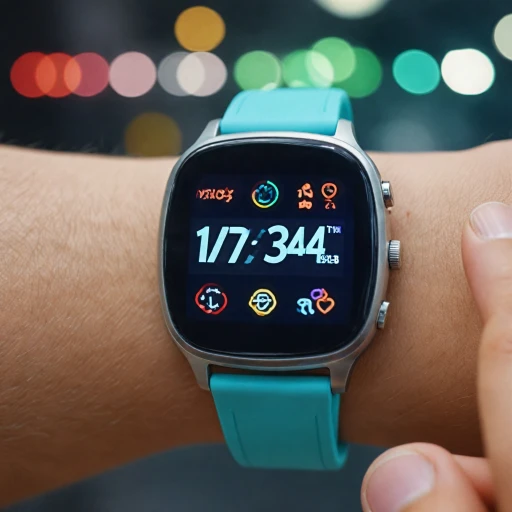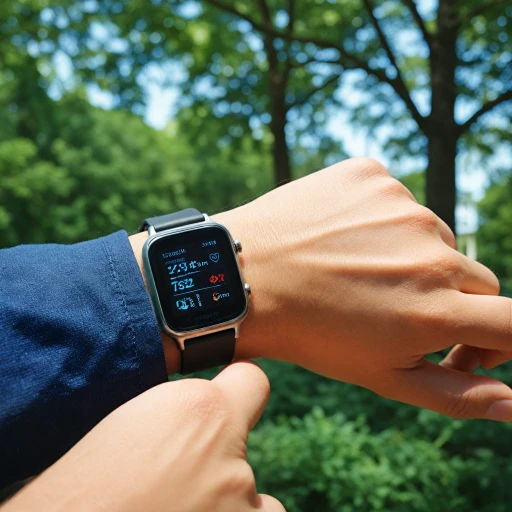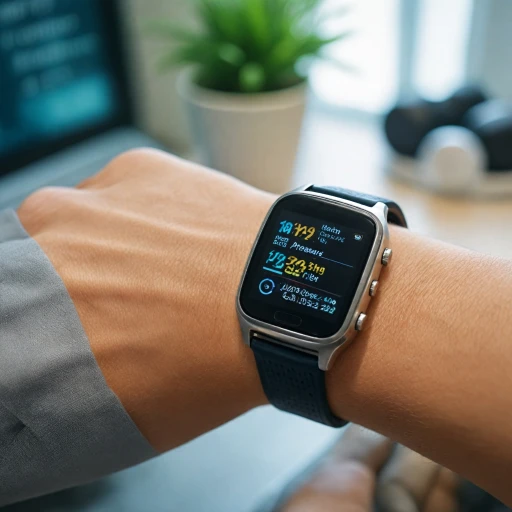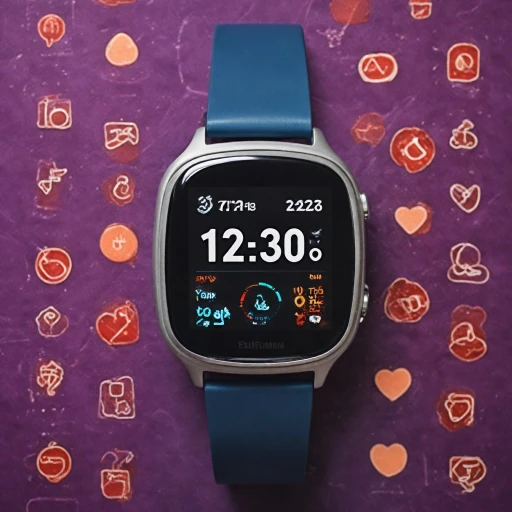Understanding Medical Alert Watches
Introduction to Medical Alert Watches
When it comes to personal safety, especially for individuals with medical needs or at risk of falling, medical alert watches offer a modern and efficient solution. Not only do these watches provide the traditional timekeeping function, but they also serve as a crucial tool in emergency situations. By integrating fall detection technology and medical alert systems, these devices provide a sense of security for wearers and peace of mind for their loved ones.- With fall detection: One of the standout features is the ability to detect falls. This function can significantly reduce the time taken for emergency services to reach those in need.
- Emergency alarm: Equipped with an SOS button, these watches ensure that help is just a tap away, connecting users to a monitoring center.
- Versatile alert system: Whether it's through vibration, sound, or display notifications, alert watches ensure you’re constantly aware of your health status.
How Fall Detection Technology Works
Mechanics Behind Detecting Falls
Fall detection technology in medical alert watches operates through a fascinating combination of motion sensors and advanced algorithms. This system is embedded within the device, such as a smartwatch, monitoring your movements continuously. When an abnormal motion, indicating a fall, is detected, the watch’s alert system is triggered automatically.Role of Motion Sensors and Algorithms
The backbone of this technology lies in its accelerometers and gyroscopes. These sensors collect data on velocity and direction, analyzing your movements in real-time.- Accelerometers: Measure the dynamic acceleration of your movements, helping the device detect sudden changes typical of falls.
- Gyroscopes: Provide data on orientation changes, vital for identifying unusual shifts in position.
Initiating a Response
Upon detecting a fall, an alert watch typically enters a brief monitoring phase. The device may display an SOS button, allowing you to cancel a false alarm. If there’s no response, the watch with alerts activates its emergency system:- Help Button Activation: Automatically engages the medical alert system, contacting a monitoring center.
- Automatic Notification: Alerts pre-set emergency contacts, ensuring timely assistance.
Linking Fall Detection and Health Monitoring
The fall detection mechanism seamlessly integrates with other health monitoring capabilities. For instance, some models also track heart rate or have a blood pressure monitoring system. These advancements represent broader trends in wearable health tech, focusing on comprehensive emergency response and continuous health oversight. For a deeper understanding of how fall detection fits into these watches, explore more on smart watches with integrated blood pressure monitoring. In summary, fall detection in medical alert watches exemplifies the confluence of advanced technology and practical health monitoring, ensuring users have access to prompt aid when needed, enhancing safety and peace of mind.Key Features to Consider
Key Functionalities of Medical Alert Watches
When searching for a reliable medical alert watch, several essential features need to be scrutinized to ensure the device meets safety needs effectively. Among these, fall detection tops the list. These watches are not merely timepieces; they’re sophisticated emergency systems equipped to provide peace of mind.- Fall Detection Technology: A primary advantage of medical alert systems is their ability to detect falls. These watches use accelerometers and other sensors to assess sudden movements and determine if a fall has occurred. This technology can automatically trigger an alert to a monitoring center, immediately signaling for help without the individual needing to press a button.
- SOS Button: A manual activation feature, the SOS button, is pivotal for initiating immediate communication in emergencies. This feature connects the wearer to an alarm monitoring center, enabling a quick response and ensuring that help is on the way.
- Battery Life: When choosing the best medical alert systems, keep in mind the battery life. Alert watches like the Apple Watch or medical devices like the Kanega watch offer varying battery longevity. Devices with extended battery life minimize the need for frequent charging, particularly beneficial in emergencies where continuous functionality is crucial.
- Water Resistance: For those using an alert watch with fall detection, water resistance is a valuable feature as it ensures the device remains functional even when exposed to water, which can happen during unforeseen circumstances.
- Communication Systems: The ability to maintain clear communication is vital. Some devices offer two-way communication, allowing the wearer to converse with the monitoring center, much like an alarm medical alert system would function.
For those interested in how these features integrate with wearable technology and everyday functionality, understanding why your smartwatch might not be syncing can be beneficial in troubleshooting issues. For more insights, visit the detailed article on potential syncing issues with wearable devices.
Comparing Popular Models
Comparing Top Medical Alert Watch Models
When it comes to choosing a medical alert watch equipped with fall detection features, there are several models that stand out for their reliability and advanced technology. Here's a look at some popular choices and what sets them apart:- Apple Watch: Known for its comprehensive health tracking and sleek design, the Apple Watch is equipped with an SOS feature and fall detection technology that alerts emergency contacts if a fall is detected. Its robust heart rate monitoring and large app ecosystem make it a favorite for tech-savvy users.
- Kanega Watch: Designed specifically as a medical alert watch, the Kanega Watch stands out with its voice-controlled operation, eliminating the need for complex navigation. It offers an SOS button and fall detection, making it a strong contender for users seeking simplicity and rigorous health monitoring.
- Bay Alarm Medical Systems: A more traditional player in the medical alert system field, Bay Alarm offers a watch with comprehensive alert features including fall detection and an SOS button. Its strong focus on customer service and reliable monitoring center support makes it a trusted choice.
- Medical Guardian Alert Systems: With a proven track record in medical alert services, the Medical Guardian Watch provides fall detection and real-time connection to a monitoring center, ensuring help is readily available. Its features are tailored for those who prioritize safety and immediate response.
The Impact on Health and Safety
Enhancing Well-being Through Smart Features
Medical alert watches with fall detection are revolutionizing how individuals prioritize their health and safety. These devices, such as the Kanega watch, Bay Alarm Medical, and SOS smartwatches, incorporate cutting-edge technology to provide real-time monitoring and assistance during emergencies. The impact of these systems on health and safety is significant. By offering immediate alerts and connections to emergency services, users receive timely help, potentially minimizing the severity of falls and other medical emergencies.- Immediate Response: When a fall is detected, the watch automatically triggers an alert, notifying designated contacts or emergency services without the need for user input. This rapid response mechanism can be lifesaving, especially for those living alone.
- Continuous Health Monitoring: Features such as heart rate monitoring ensure that users and caregivers can track health trends and detect anomalies early, enabling preventive care and timely medical intervention.
- Peace of Mind: The presence of an SOS button on many of these devices ensures that users can manually trigger an alert system if they feel unsafe or unwell, providing reassurance and confidence in daily activities.

